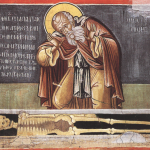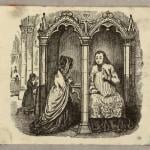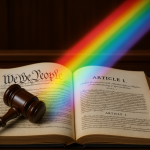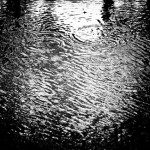THE CIA AND THE NEW CRITICISM:
…Norman Holmes Pearson, formerly an instructor in the English Department at Yale University before becoming a major element in the OSS, was wholly approving. As a student of literary criticism, he was naturally attracted to the subtleties of a text-based system that put a crucial emphasis on recognition of thematic and structural patterns. New Criticism, as the practice was called at Yale, concerned itself not with literary history and the personality of authors, but with the specific use poems made of language on the page. It fostered an interest in multiple levels of meaning, ambivalence, paradox, wit, puns and the peculiarities of Sprachgefühl: all devices on which cryptic codes or obscure messages might draw. In fact, when he described the whole Double Cross system, Pearson made it sound like a poem elucidated in class, its ironies nicely balanced, its contrasts wittily shaped. The power produced by this kind of close reading was intense, and as a result he was delighted to welcome as one of his new assistants in the OSS a graduate of Yale who had studied these mysteries: James Angleton. Based in Europe, educated at Malvern and clad in bespoke English tailoring, James Angleton fitted comfortably into an Anglophiliac Yale. The photo on the cover of Michael Holzman’s book makes him look remarkably like T. S. Eliot. Yet his full name, James Jesus Angleton, sets free its own vitalizing American ambiguity. He was the son of the US-born James Hugh Angleton and Carmen Mercedes Moreno from Nogales, Mexico. And though he never used his Mexican name in later life, that “Jesus” marks him, by our standards, as a Chicano: from a British perspective he seems exotically transatlantic.
Holzman’s brisk, uncluttered book offers valuable access to previously untapped material on Angleton, who became the first head of the Counter-intelligence Staff of the CIA. In particular, it makes incisive use of his years as a student of English at Yale and the influence on him of the New Critics and modernist poets of his day. Previous biographers such as Robin Winks have pointed out that at Yale he was co-editor of the literary journal Furioso. But Holzman takes a more spirited line, publishing two of Angleton’s grating undergraduate poems and a list of his correspondence with writers such as T. S. Eliot, W. H. Auden, I. A. Richards, William Empson, Ezra Pound and Louis MacNeice. These famous poets all “took this young man very seriously” and he, in return, was greatly impressed by their writings, particularly the book that became a crucial text of New Criticism, Empson’s Seven Types of Ambiguity. For Empson, ambiguity is the central aspect of language. Not a minor stylistic flourish, it is an unavoidable linguistic feature permanently in place and in effect seems to exploit the fundamental characteristics of language itself. This means that “opposite” meanings will always illuminate and invade the primary meanings of ordinary words, so that “in a sufficiently extended sense any prose statement could be called ambiguous”. Thus, Empson argues, a word may have several distinct meanings; several meanings connected with one another; several meanings which need one another to complete their meaning; or several meanings which unite together so that the word means one relation or one process . . . what often happens when a piece of writing is felt to offer hidden riches is that one phrase after another lights up and appears as the heart of it; one part after another catches fire.











